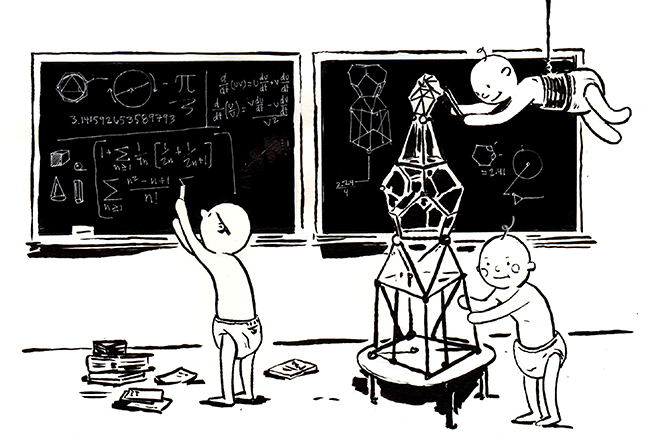ZEITGUIDE TO THE FOR-PROFIT COLLEGE CRISIS

It’s back to school time. That is, so long as you’re not one of the 35,000 students at ITT Technical Institute.
The for-profit educator, whose name is likely familiar to anyone who’s ever watched midday TV on a sick day, shuttered nearly all of its campuses following a decision by the federal Department of Education to bar the school from enrolling any student using federal financial aid.
This decision follows a series of steps taken to crack down on for-profit educators that have failed to deliver the job training or career placement they promise. To this end, the Education Department rolled out regulations last year intended to assure that for-profit and professional certificate programs at any institution receiving federal student aid prepare students for “gainful employment in a recognized occupation.”
By the department’s estimate, some 840,000 students are enrolled in programs that fail to meet this standard, 99% of whom are in for-profit institutions.
For students who’ve enrolled in such programs and feel defrauded, other rules are being proposed that would allow them to apply to have their federal student loans forgiven. While the schools are responsible for the refund, if the government can’t get them to pay up (like if they go bankrupt), some fear the cost will be passed to taxpayers. When Corinthian Colleges closed in 2014, that led to more than $170 million in student debt relief. Taxpayers may get a similar bill for ITT.
Not that students are getting off scot-free. Thousands have already defaulted on student loans. And those receiving loan forgiveness would lose any credits they are reimbursed for. Essentially, they’ll have to start their education over from scratch.
How is it that for-profit schools enrolled so many students, despite rarely delivering on promised results?
According to author David Halperin, blame lies throughout the education system. “Community colleges frequently come up short in offering the kind of program that many of these students are seeking—not Shakespeare, but hands-on training to be a nurse’s aid or electrician. The whole system — high schools, public colleges, private industry — now fails to offer enough students, especially low-income students, a path to training for such careers. So the for-profit colleges have stepped into the breach.”
Employers have also added to the issue. Expecting job applicants to have a college degree has become standard, even in many jobs that don’t necessarily require one. Would employers be better off simply training high school gradsthemselves in the specific skills needed for particular jobs?
With total student loan debt now topping $1 trillion, for-profit colleges are but one of many issues facing higher-education. But curtailing fraudulent marketing and predatory student loan practices by some institutions is an important start. The question is whether community colleges can step up to fill what is clearly a need for more job training — or if employers need to do more for themselves.
